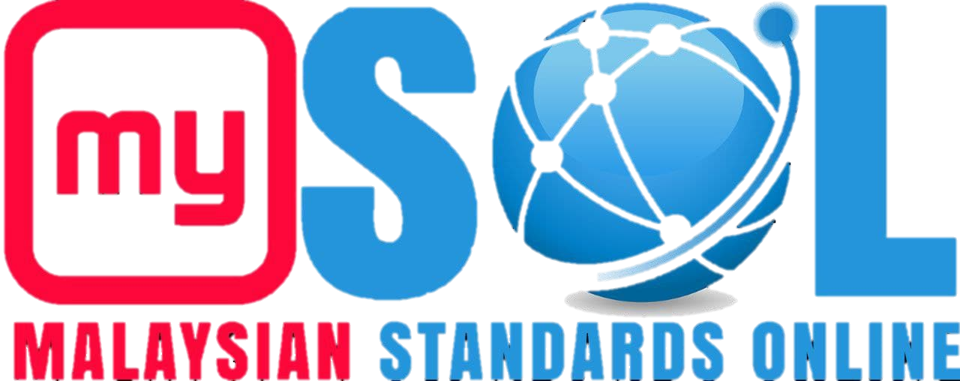Vehicle security systems: Part 2: Locking systems: Section 3: Specification for dead locking systems
MS 1742-2-3:2004 (CONFIRMED:2013)Status : 1st Confirmation
Format : PDF
This Malaysian Standard specifies requirements for the performance of dead locking systems fitted to passenger compartment doors, luggage compartment or hatchback doors, engine compartment access, fue ....Read more
Vehicle security systems - Part 2: Locking systems - Section 4: Specification for devices for prevention against unauthorised use
MS 1742-2-4:2005 (CONFIRMED:2013)Status : 1st Confirmation
Format : PDF
This Malaysian Standard specifies requirements for the devices designed to prevent unauthorised use of M1 and N1 vehicles. This standard does not cover the requirements for immobilizer. The requiremen ....Read more
Vehicle security systems: Part 2: Locking systems: Section 1: Specification for locking systems
MS 1742-2-1:2004 (CONFIRMED:2013)Status : 1st Confirmation
Format : PDF
This Malaysian Standard specifies requirements for the performance of locking systems fitted to passenger compartment doors and luggage compartment or hatchbacks doors of passenger cars and car derive ....Read more
VEHICLE SECURITY SYSTEMS: PART 4: SPECIFICATION FOR IMMOBILIZER
MS 1742: PART 4:2004Status : Original
Format : PDF
This Malaysian Standard specifies requirements for the performance of vehicle security immobilizer systems (VSIS) in road vehicles such as private cars, and commercial and heavy goods vehicles.
....Read more
PLASTICS PIPING SYSTEMS - MECHANICAL JOINTS BETWEEN FITTINGS AND POLYOLEFIN PRESSURE PIPES - TEST METHOD FOR LEAKTIGHTNESS UNDER INTERNAL PRESSURE OF ASSEMBLIES SUBJECTED TO BENDING
MS 1741:2004Status : Original
Format : PDF
This Malaysian Standard specifies a method for checking the leaktightness under internal hydrostatic pressure of assembled mechanical joints (excluding fusion-welded joints) between fittings and polyo ....Read more
THERMOPLASTICS PIPING SYSTEMS – END-LOAD BEARING MECHANICAL JOINTS BETWEEN PRESSURE PIPES AND FITTINGS – TEST METHOD FOR RESISTANCE TO PULL OUT UNDER CONSTANT LONGITUDINAL FORCE
MS 1740:2004Status : Original
Format : PDF
This Malaysian Standard specifies a method for checking the ability of assembled end-load bearing mechanical joints (excluding fusion-welded joints) between fittings and pressure pipes to withstand a ....Read more
PLASTICS PIPING SYSTEMS – THERMOPLASTICS PIPES AND FITTINGS FOR HOT AND COLD WATER – TEST METHOD FOR THE RESISTANCE OF MOUNTED ASSEMBLIES TO TEMPERATURE CYCLING
MS 1739:2004Status : Original
Format : PDF
This Malaysian Standard specifies a method for testing the resistance to temperature cycling of joints for piping systems with rigid or flexible thermoplastics pipes.
It is applicable to
....Read more
PLASTICS PIPING SYSTEMS – INJECTION-MOULDED THERMOPLASTICS FITTINGS, VALVES AND ANCILLARY EQUIPMENT – DETERMINATION OF THE LONG-TERM HYDROSTATIC STRENGTH OF THERMOPLASTICS MATERIALS FOR INJECTION MOULDING OF PIPING COMPONENTS
MS 1738:2004Status : Original
Format : PDF
This Malaysian Standard specifies methods for preparing tubular test pieces for testing thermoplastics materials used for injection moulding, to evaluate the long-term resistance to constant internal ....Read more
PLASTICS PIPING SYSTEMS – GUIDANCE FOR THE INSTALLATION INSIDE BUILDINGS OF PRESSURE PIPING SYSTEMS FOR HOT AND COLD WATER INTENDED FOR HUMAN CONSUMPTION
MS 1737:2004Status : Original
Format : PDF
This Malaysian Standard recommends practices to be followed in the application and installation of thermoplastics pipes and associated fittings.These fall within the scope of EN 806-1 and prEN 12731, ....Read more
PLASTICS PIPING SYSTEMS FOR HOT AND COLD WATER INSTALLATIONS – CROSSLINKED POLYETHYLENE (PE-X): PART 2: PIPES (ISO 15875-2:2002, MOD)
MS 1736: PART 2:2004Status : Original
Format : PDF
This Malaysian Standard specifies the characteristics of pipes made from crosslinked polyethylene (PE-X) for piping systems intended to be used for hot and cold water installations within buildings fo ....Read more
